




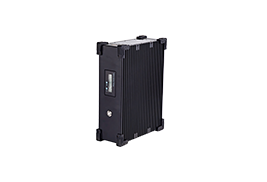

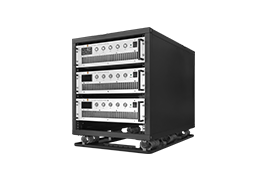
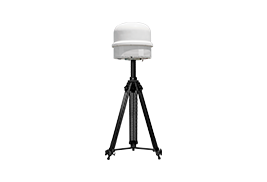
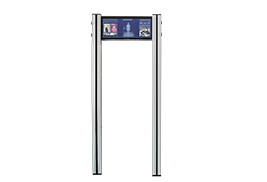
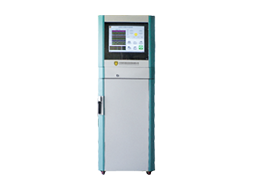


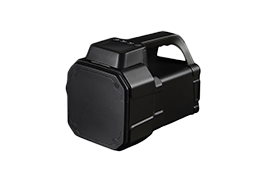
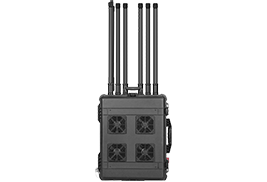
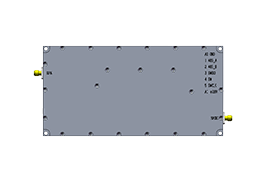
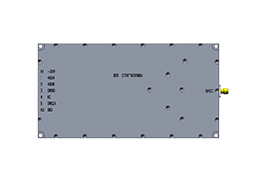
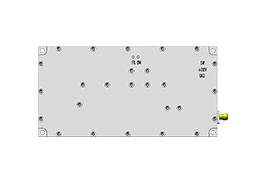
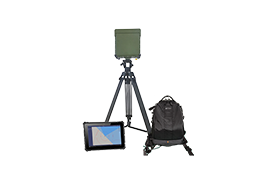

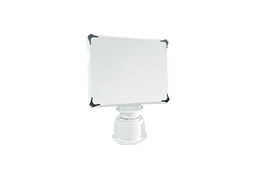
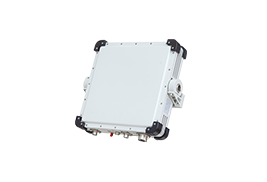



 X
X







 GLOBAL / ENGLISH
GLOBAL / ENGLISH

With the rapid development of information technology, eavesdropping technology has also advanced significantly, making eavesdropping threats omnipresent. To secure confidential information, especially for businesses, government agencies, and highly sensitive projects, implementing high-level anti-eavesdropping measures is crucial. This article introduces a comprehensive high-level anti-eavesdropping protection plan covering physical protection, technical methods, and operational standards.
Physical Protection Measures
Construction of Shielded Rooms
Shielding Materials: Build shielded rooms using conductive materials (such as copper, aluminum) to block the propagation of electromagnetic waves and prevent the transmission of signals from wireless eavesdropping devices.
Sealing: Ensure that all seams and openings of the shielded room are effectively sealed to prevent signal leakage.
Shielded Doors and Windows: Install specially designed shielded doors and windows to ensure the integrity of the physical shielding effect.
Conference Room Security Design
Soundwave Barriers: Install sound-absorbing materials on the walls and doors/windows of the conference room to prevent soundwaves from propagating through the building structure.
Vibration Sensors: Install vibration sensors around the conference room to detect the potential installation of eavesdropping devices.
Technical Methods
Encrypted Communication
End-to-End Encryption: Use end-to-end encryption technology to ensure that communication content is not eavesdropped on or tampered with during transmission. Common encryption protocols include TLS, SSL, etc.
Encryption Devices: Equip with professional encrypted phones and communication devices to ensure the security of voice and data communication.
Wireless Signal Interference
Jammers: Use wireless signal jammers in important meetings or sensitive areas to block the signal transmission of potential wireless eavesdropping devices.
Spectrum Analyzers: Regularly use spectrum analyzers to scan the environment for wireless signals to detect and locate suspicious eavesdropping devices.
Anti-Eavesdropping Software
Voice Recognition and Filtering: Install anti-eavesdropping software that monitors call content through voice recognition technology and filters out potential eavesdropping signals.
Signal Analysis: Use signal analysis software to detect abnormal signals and data packets, identifying potential eavesdropping activities.












